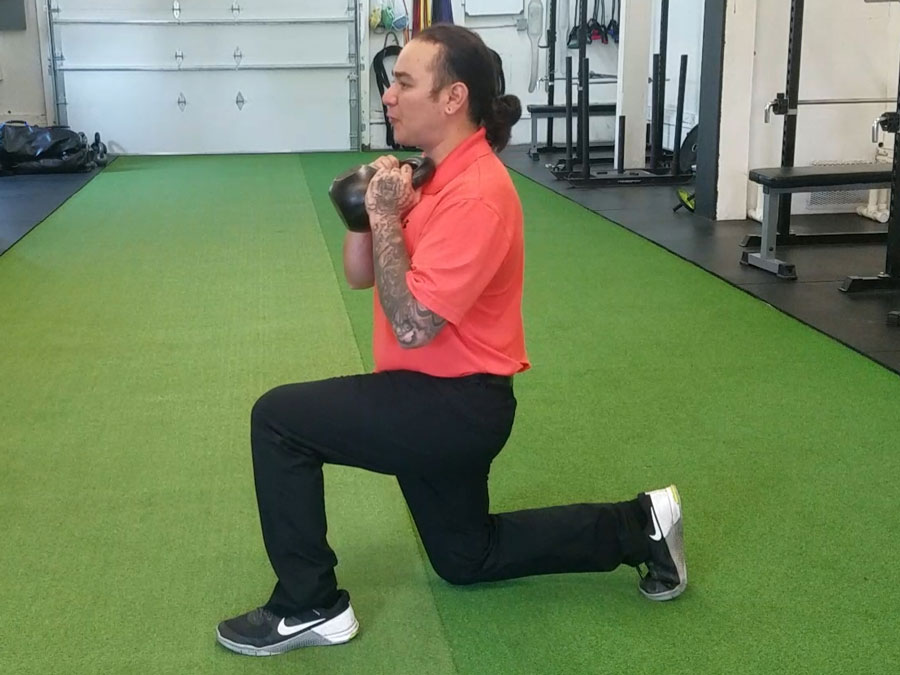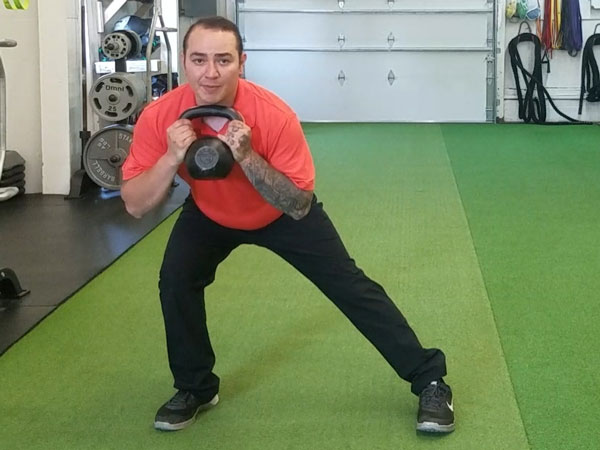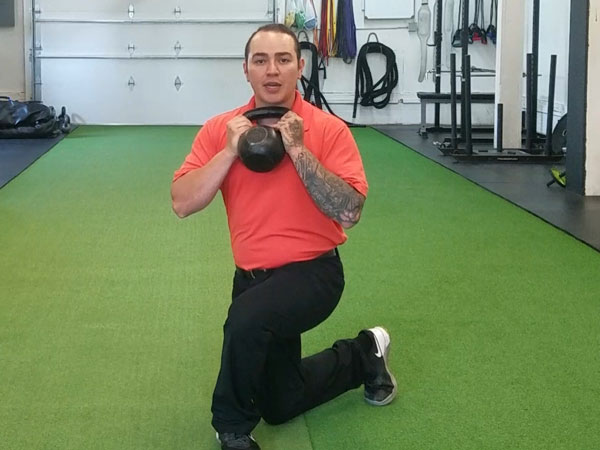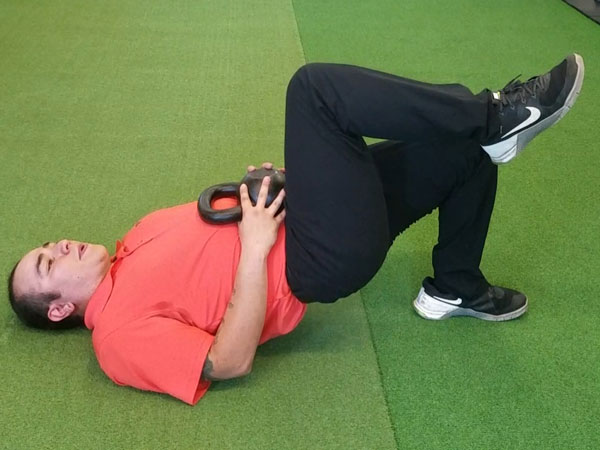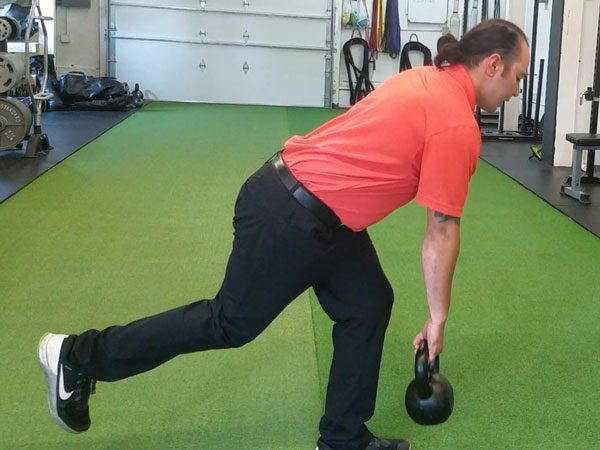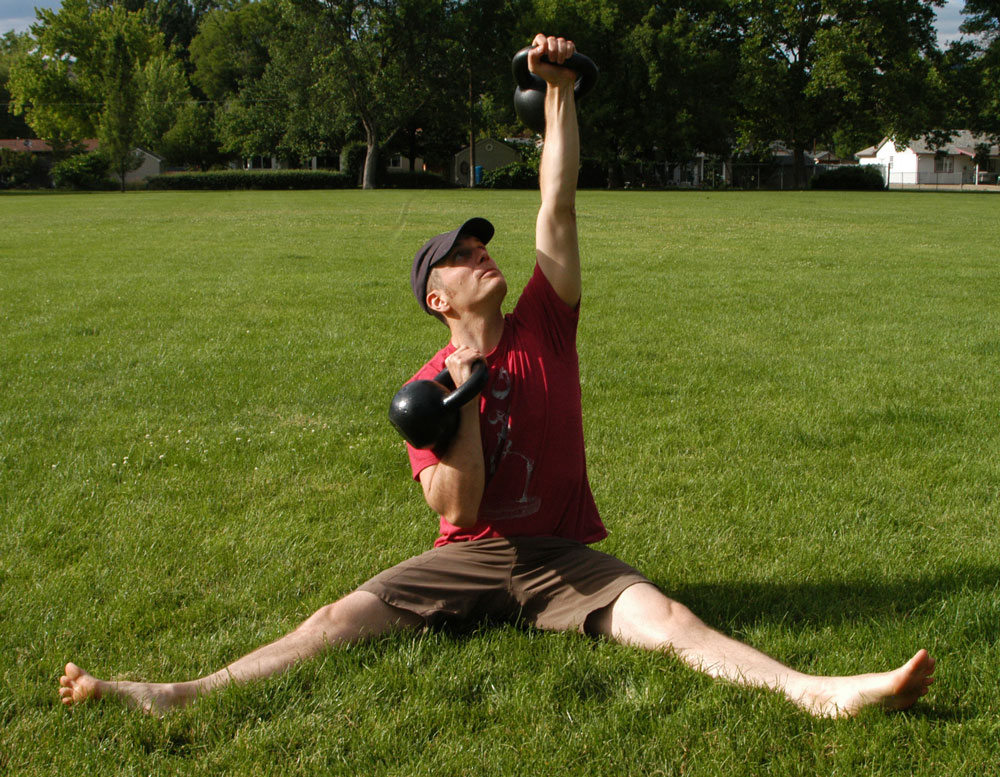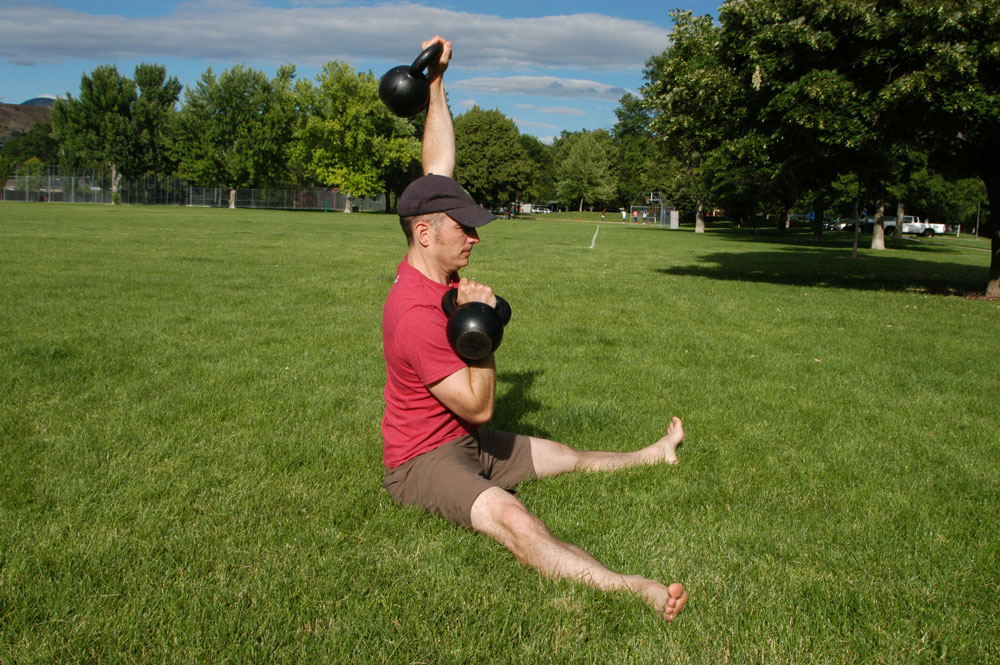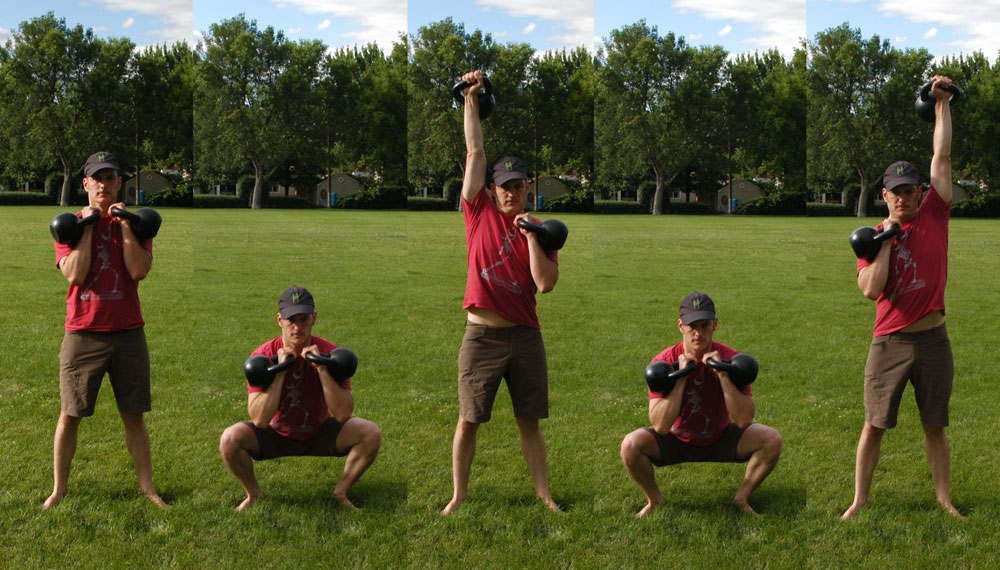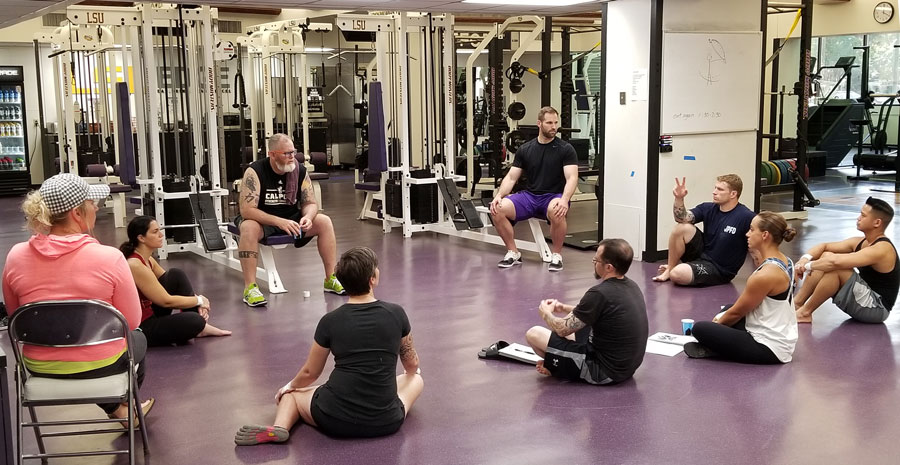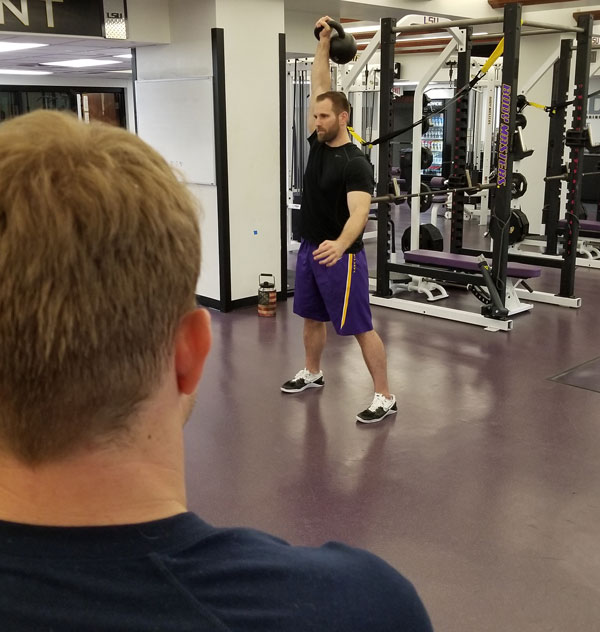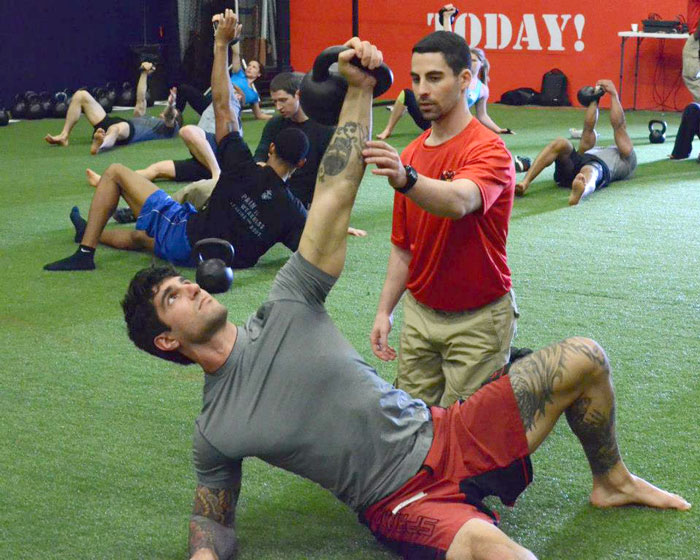
Occasionally, trainees ask me how long a get-up should take when they’re first learning how to do one. I think it’s a really great question and I’m glad when they ask it—because it means that they are probably starting to really dig kettlebell training. But, my answer always seems to surprise them just a bit. When I tell them that a solid get-up takes at least 30 seconds per side, they start to realize that this exercise requires patience.
My best get-ups tend to take around 36 seconds (clearly, I love to time things). It seems to take about 36 seconds for me to feel like I am owning each stage of the get-up while taking my time.
Each stage of the get-up is equally important and demands equal attention. If one stage is rushed or not performed well, that weak link may negatively impact the rest of the movement. There’s nothing worse than trying to adjust your position while holding a heavy hunk of iron over your head.
I’ve found that going back to naked (no weight) get-ups or using a very light kettlebell with a 3-5 second pause at each stage for several reps is a great drill for reinforcing patience. These drills also allow you or your client to get very familiar with how each stage of the get-up should feel.
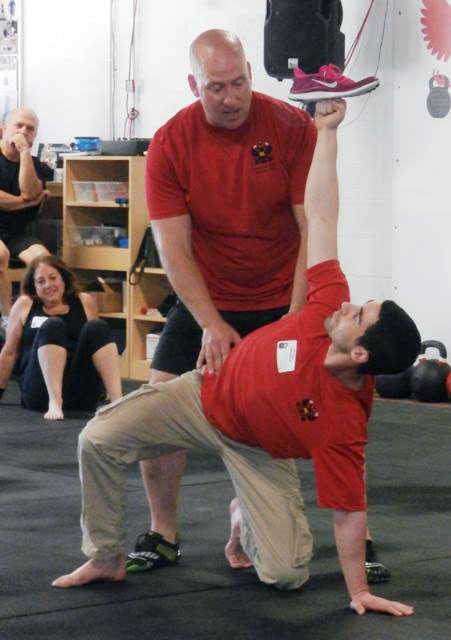
My intent in writing this blog post was to create a discussion and learn what other kettlebell instructors and enthusiasts think about the timing of a get-up. Have you found an optimal time for the get-up? How long do you think a kettlebell get-up should take? Please leave your answers in the comments section at the end of this post.
I feel that being patient with kettlebell training pays off big time in the long term. In a time when people want to do more exercises faster and faster, sometimes slowing down is actually the best approach.
Performing one repetition of the get-up masterfully is far superior to performing ten sloppy reps. Really, this can be said for any exercise—quality over quantity. If you take your time and master the basics, the rest will fall into place.
All of my best kettlebell lifts and personal goals have come years after I first picked up a kettlebell. I’m in this for the long haul and sometimes I have to remind myself to slow down.
Please leave a comment and let me know your thoughts!
Stay Strong.
***
Ryan Jankowitz, RKC-II Instructor, CK-FMS, is a life-long athlete who can’t imagine sitting behind a desk. He enjoys sharing his passion for fitness and spreading the RKC knowledge. Ryan provides online kettlebell training and in-person training in the DC Metro area. You can reach him at ryan@rjkettlebell.com or through his website rjkettlebell.com.
